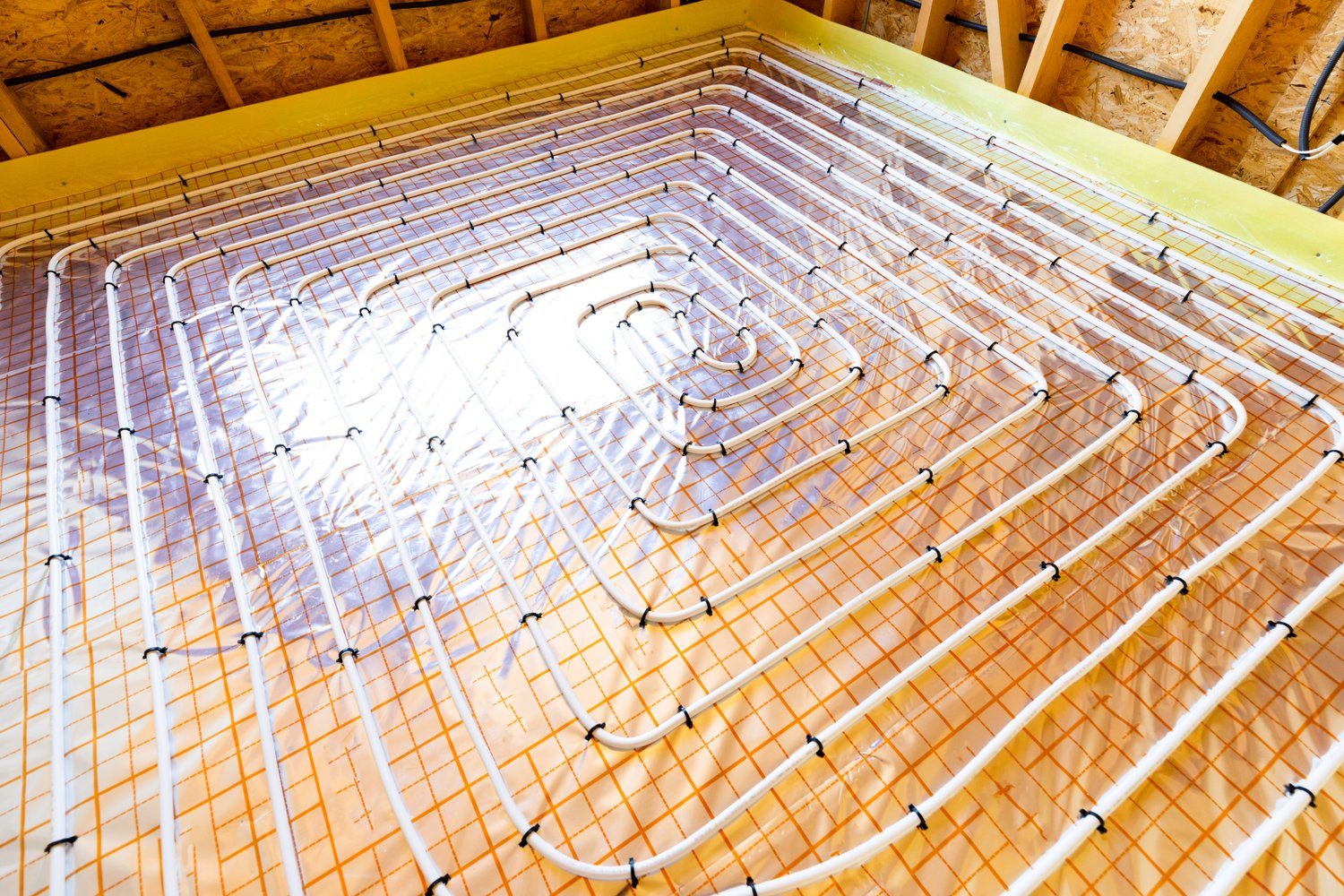Imagine a world where your home’s heating system is not only invisible but also more efficient and comfortable than traditional methods. Electric radiant ceiling heat brings this vision to life by providing a cutting-edge heating solution that blends seamlessly into modern living spaces. This guide delves into the intricacies of installing these systems, as well as strategies to maximize their efficiency, making it essential reading for those looking to upgrade their home or business heating solutions.
- Understand the Essentials: Dive into the core mechanics of electric radiant ceiling heat systems and discover why they are considered a superior heating option.
- Key Installation Steps: Learn about the step-by-step process to ensure a safe and effective installation of your radiant ceiling heating system.
- Maximize Efficiency: Explore valuable tips and maintenance advice to enhance the performance and energy efficiency of your heating solution.
By the end of this article, you’ll have a comprehensive understanding of how to seamlessly integrate electric radiant ceiling heat into your space, for enhanced comfort and optimized energy use. Whether you’re a homeowner or a business owner, these innovative systems could transform the way you think about indoor heating.
Understanding Electric Radiant Ceiling Heat: Installation and Efficiency Guide Essentials
Electric radiant ceiling heat systems are becoming increasingly popular as a modern, energy-efficient solution for heating indoor environments. They operate by emitting infrared radiation, which directly warms objects and surfaces within a room, instead of heating the air. This results in a more uniform temperature distribution and a comfortable indoor climate.
The structural components of these systems typically include radiant heating panels that are installed in the ceiling. These panels contain electrical resistance wires embedded within them, designed to produce heat when an electric current passes through. The key to their efficiency lies in their ability to deliver heat directly to where it’s needed, minimizing energy waste.
Compared to traditional heating systems, electric radiant ceiling heat offers several advantages. It eliminates the need for ductwork, reducing installation complexities and costs. Furthermore, since there’s no need for warm air circulation, these systems offer a cleaner and quieter alternative with no moving parts, leading to less maintenance.
When evaluating electric radiant ceiling heat systems, consider their efficiency ratings and compatibility with your property’s insulation and ceiling structure. By understanding how these systems work and their core components, you can make informed decisions about their suitability for your home or business heating needs.
Key Installation Steps for Electric Radiant Ceiling Heating Systems
Installing electric radiant ceiling heating systems requires careful planning and execution to ensure optimal performance and safety. The first step is to assess your space, determining the heating requirements based on room size, insulation quality, and ceiling type. This helps you select the right equipment that matches your specific needs.
Preparation involves laying out a detailed installation plan, taking into account the electrical layout and structural support needed for the radiant heating panels. It’s essential to ensure that the ceiling is well-insulated to maximize efficiency and to prevent heat loss. Consult with a professional if necessary to confirm that your electrical system can handle the additional load.
During the actual installation, care must be taken to securely mount the radiant panels to the ceiling without damaging existing installations like electrical wiring or lighting fixtures. Follow the manufacturer’s instructions closely, as incorrect installation can lead to inefficiencies or even safety hazards.
Finally, conduct a thorough test of the electric radiant ceiling heating system to ensure it operates as intended. This involves checking for even heat distribution across the room and ensuring that there are no disruptions in the electrical connections.
By following these key installation steps, you can enjoy the benefits of an efficient and reliable heating system that enhances comfort while reducing energy bills.
Maximizing Efficiency: Tips for Electric Radiant Ceiling Heat Systems
Electric radiant ceiling heat systems are celebrated for their ability to deliver consistent warmth with exceptional energy efficiency. To ensure you are reaping the maximum benefits, it’s essential to apply smart strategies for optimizing these systems.
Regular Maintenance: Regular checks and maintenance are crucial. Dust and debris can accumulate on the heating panels, reducing their effectiveness. Periodically clean the ceiling panels and check the connections to ensure they are intact and functioning properly. These simple steps can significantly boost the system’s performance.
Utilize Programmable Thermostats: Integrating a programmable thermostat with your electric radiant ceiling heaters allows you to set schedules that align with your daily routine. By restricting heating to times when rooms are occupied, you save energy and reduce unnecessary power usage, enhancing overall energy efficiency.
Proper Insulation: Ensure that your home or business space is well-insulated. Good insulation prevents heat loss through walls and ceilings, allowing the radiant heat to be more effective. This decreases the workload on your heating system, ensuring rooms remain warm with minimal energy expenditure.
Optimize Energy Consumption: To further cut down on energy costs, take advantage of off-peak electricity rates. Run your heating system during these times and store warmth in thermal mass structures, if available, to release it gradually throughout the day.
Regularly Inspect System Settings: Finally, make regular adjustments to your system’s settings based on seasonal demands. Keeping the temperature slightly lower in the evening or when spaces are unoccupied contributes to significant energy savings over time.
By following these practical tips, you not only optimize the efficiency of your electric radiant ceiling heat systems but also contribute to reducing your environmental footprint. Implementing these strategies can help maintain a comfortable and cost-effective temperature in your home or business.
Electric Radiant Ceiling Heat: Frequently Asked Questions
What is electric radiant ceiling heat?
Electric radiant ceiling heat is a heating system that uses electric panels installed in the ceiling to radiate heat directly into the space below.
How does electric radiant ceiling heat work?
It works by emitting infrared waves that heat objects and people directly, rather than warming the air.
Is electric radiant ceiling heating energy efficient?
Yes, it is highly energy-efficient as it minimizes heat loss and directly warms specific areas.
What are the installation costs associated with electric radiant ceiling heat?
Costs vary depending on size and type, but installation is generally affordable compared to other systems.
Do I need professional installation for these heaters?
Yes, professional installation is recommended to ensure safety and optimal performance.
How can I maintain my electric radiant ceiling heating system?
Regularly inspect and clean panels to ensure efficiency and long-term performance.
What are the safety concerns with electric radiant ceiling heating?
Ensure proper installation to prevent overheating and follow manufacturer’s safety guidelines.
Can I use electric radiant ceiling heat with other heating systems?
Yes, it can often be used in conjunction with other systems for supplemental heating.





